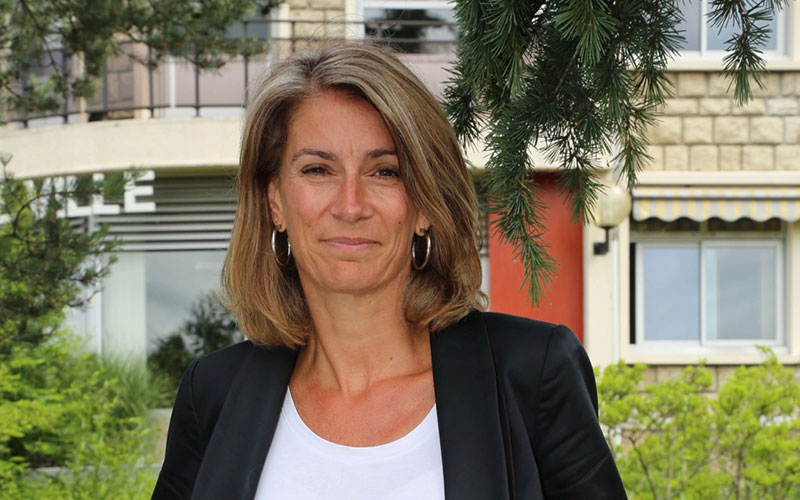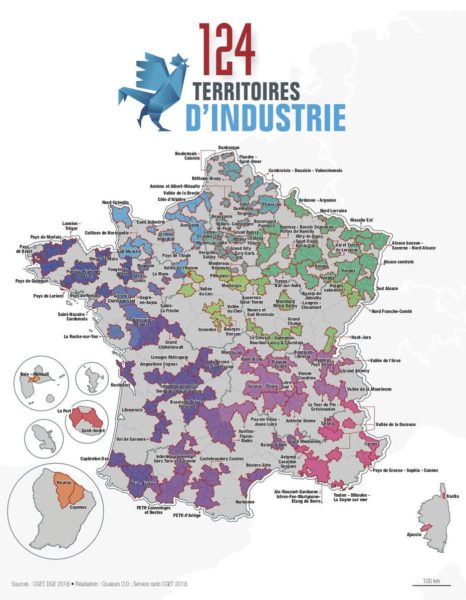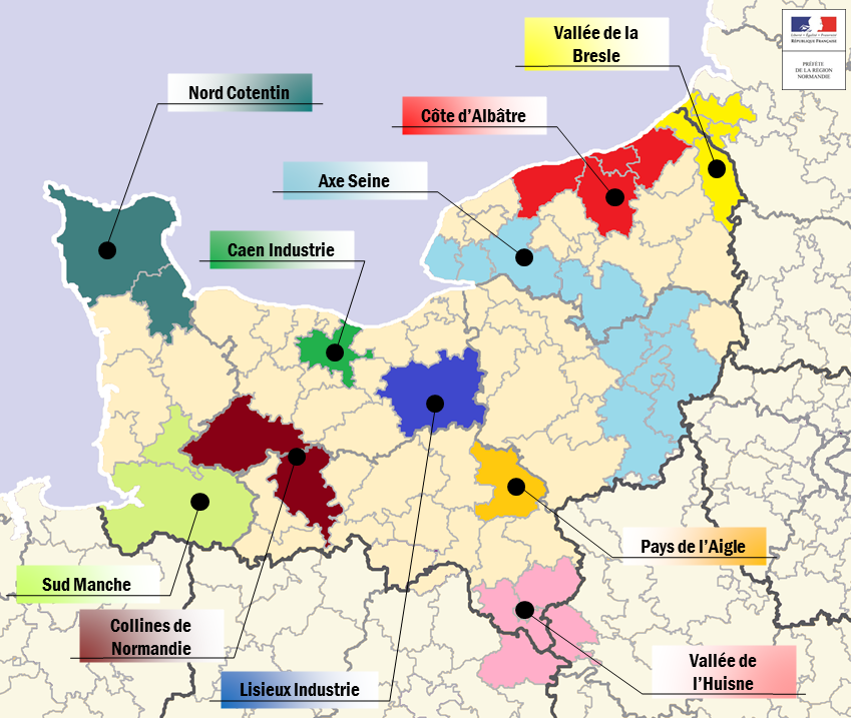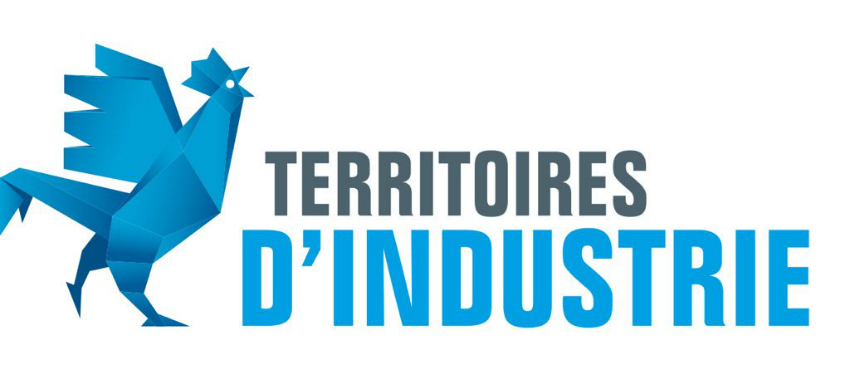The initiative Territoires d’Industrie forms part of a French Government strategy aimed at industrial renewal and the development of specific territories around the French regions. Some 124 Territoires d’Industrie have been identified across France as areas with a particularly strong industrial dimension. In each Territoire d’Industrie, the initiative is led by a project committee presided over and led by a leadership pairing, one an elected figure from the area, the other a figure from the industrial sector. In Normandy, ten areas have been branded Territoires d’Industrie, including the Axe Seine (or Seine Axe) area.
Meet Virginie Carolo, a member of the original mission that created the initiative Territoires d’Industrie, a member of the leadership pairing (consisting of a regional elected leader and an industrial leader) for the Caux Seine Agglo area, and a member, a level up, of the leadership pairing for the Axe Seine Territoire d’Industrie.




